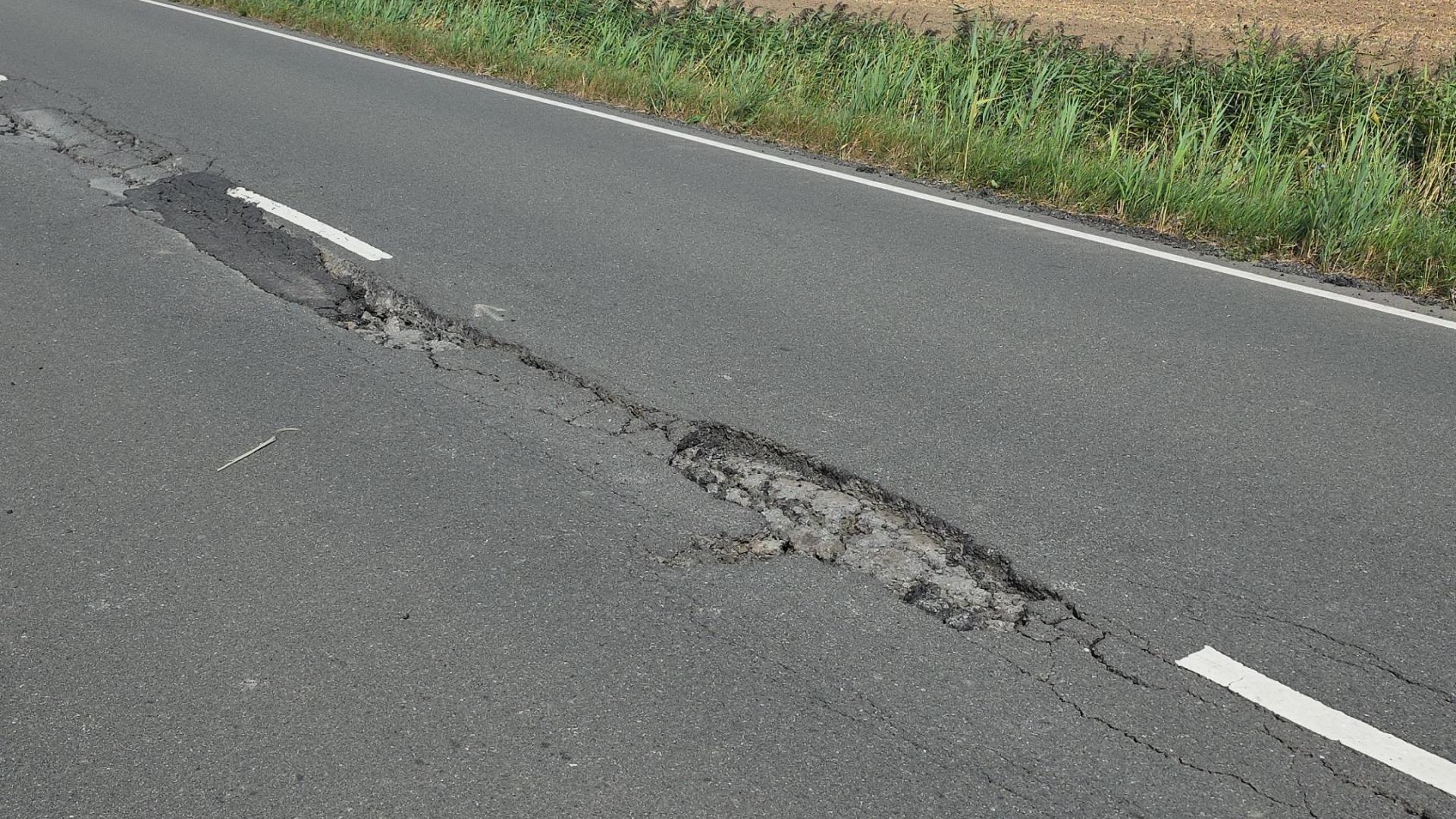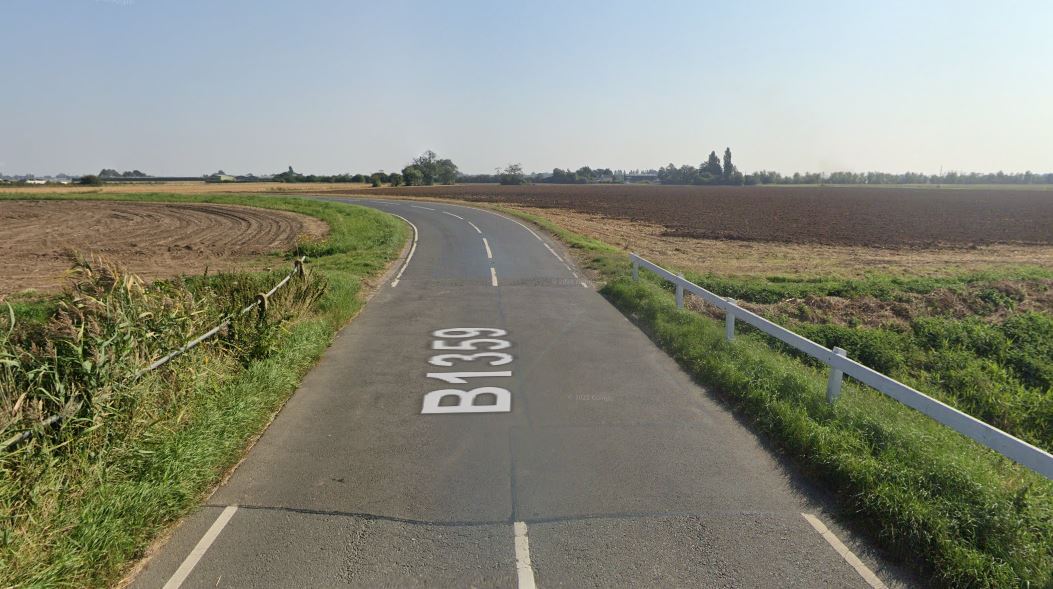Dentistry is an increasingly large part of veterinary work. It now seems that nearly every dog and cat requires at least one treatment if not several in their lifetimes. Why is this?
Wild dogs and cats that catch sufficient wild food generally have perfect teeth.
The mouth contains millions of harmless bacteria. Things begin to go wrong when these beneficial bacteria are replaced with disease producing ones.
Some of these produce lactic acid that then damage the teeth and start to damage the teeth below the gum level. This is seen as gingivitis which then produces the ideal environment for more disease producing bacteria.
Plaque that is seen in many dog and cat mouths is initially produced by the harmless bacteria. This plaque in the absence of gingivitis is not a problem and is really evidence that there is not sufficient abrasive action occurring over the teeth.
There are several ways to achieve this necessary abrasive action.
Owners are often told to brush their dogs teeth (good luck with the cat!).
This is undoubtedly a good thing to do but the dog will need to be trained to accept this in most cases and it can be very difficult to get to the back teeth where much of the problem occurs. Chewing is the answer.
Dry biscuits do not produce this wear. The most efficient way to remove or reduce plaque is to chew on bones. These must be raw and of sufficient size and strength that whole bits of bone are not swallowed.
Most dogs like a good marrow bone and will spend hours chewing one (just be careful to introduce these gradually or else too much raw marrow initially might cause some diarrhoea).
Other useful products are raw cows trachea and large pieces of tendon. All these products can be found at most good pet stores and are nicely packaged by a company called Natures Menu. Other more traditional dog chews are helpful but not so effective. Dentistixs are also useful but are less effective at removing plaque.
Serious dental disease follows plaque build up when a build up of “bad” bacteria occur. These damage teeth and gums.
Diet has a large part to play in this although there is both individual and breed susceptibility. Diets that are high in sugar and carbohydrate produce the right environment for lactic acid producing bacteria that lead to dental disease.
There are many diets on the market now that have reduced sugar and carbohydrate. These are generally grain free. One diet that I have experienced is called Canagan.
These help reduce dental disease. Many owners and some vets are now seeing the beneficial effects of feeding a raw diet which includes bones. Many health benefits including improved dental health are being seen. For more information go to www.naturesmenu.co.uk
One last product that is useful at protecting your dog and cats gums when they are developing plaque is called Plaque Off.
This is an unfortunate name as it is only slightly effective at removing plaque! This product is essentially seaweed high in iodine.
The salivary glands actively take up this iodine and then release it into the mouth. This iodine acts as an antiseptic around the gums reducing the chance of bacterial disease.Animals on this product will still get plaque (unless chewing bones) but they are protected from gum disease.
With the right diet and some bone chewing your pet should not need so many dental visits to your vet!







